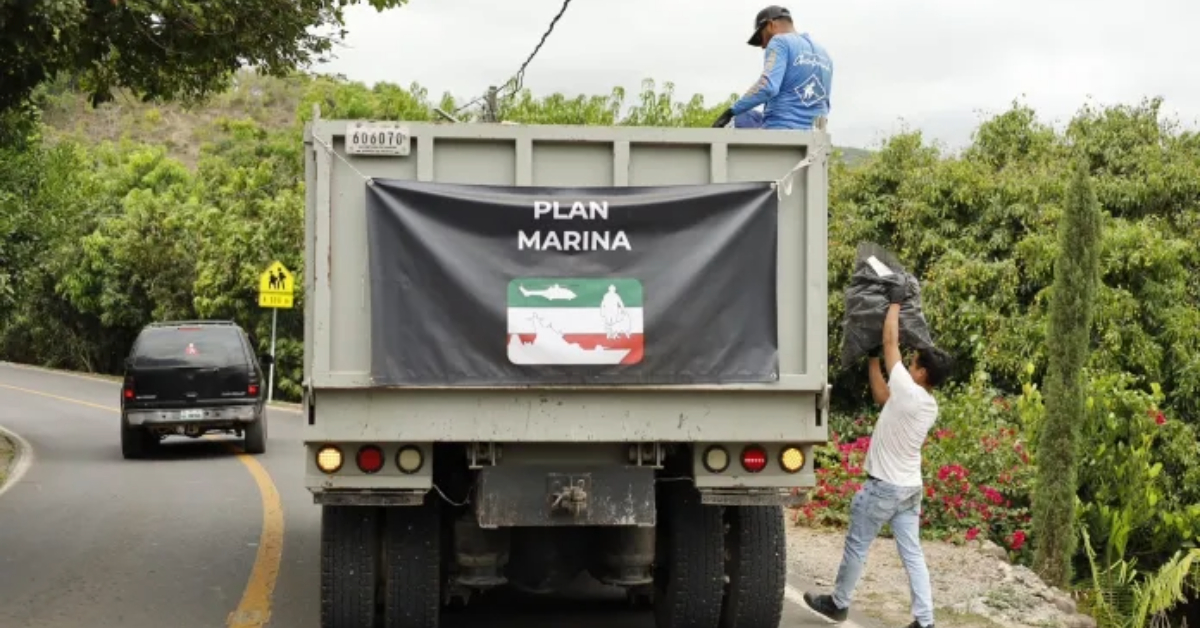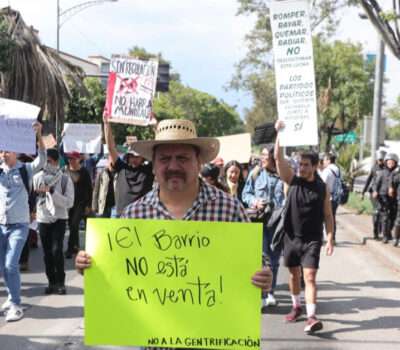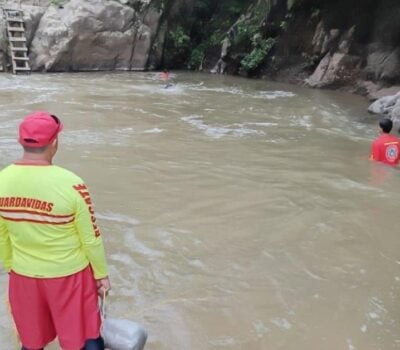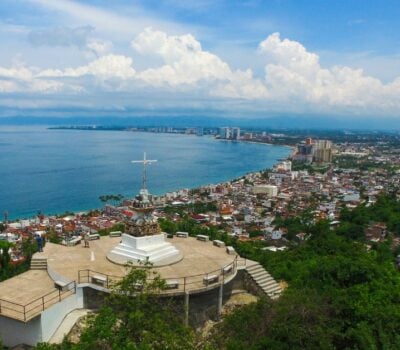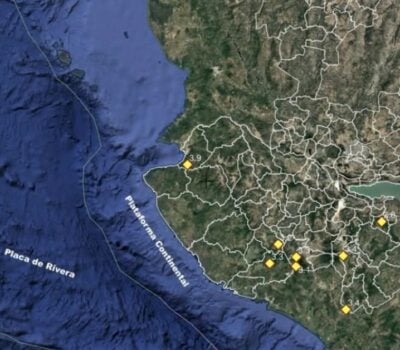The San Blas government teamed up with the Navy and health agencies to remove breeding sites, distribute larvicide and educate residents on preventing dengue.
The San Blas municipal government led a large-scale cleanup on June 12, 2025, hauling away multiple tons of discarded items that could serve as breeding grounds for Aedes mosquitoes, which transmit dengue fever. The effort formed part of an intensified campaign to curb rising dengue cases in the region.
Officials coordinated closely with the Mexican Navy’s Tenth Naval Zone and state health agencies, including the Secretariat of Health (SSA) and IMSS branches, to reach remote and urban communities alike. Personnel conducted door-to-door visits, pinpointing trash piles, old tires, broken appliances, and other “cacharros” that hold standing water.
Over the course of a single day, teams collected an estimated several dozen tons of metal scrap, plastic containers and household waste from neighborhoods across the municipality. Workers used heavy-duty trucks and volunteer brigades to load debris at designated disposal sites, ensuring it would not return to the streets during the upcoming rainy season.
In tandem with the cleanup, health authorities applied abate larvicide to water storage units and canals, targeting larvae before they mature into biting adults. Educational pamphlets and on-site briefings informed residents about simple prevention measures—such as covering water tanks, emptying flower pots, and repairing leaky pipes—to keep their homes mosquito-free.
San Blas has reported 79 confirmed dengue cases so far this year, contributing to the 6,709 infections recorded nationwide. Local leaders urged citizens to maintain vigilance, warning that each recycled tire or discarded bucket left unattended can yield hundreds of mosquitoes in a matter of days.
Mayor María López announced that similar collection events will continue monthly, shifting focus to outlying rancherías and beach communities before the peak of the rainy season arrives. She stressed that community participation remains critical: “Our cleanup takes away their breeding sites, but it’s up to every family to keep them gone,” she said.
By blending hands-on removal of potential mosquito habitats with chemical control and ongoing public education, San Blas aims to drive down its dengue rate before the region’s humid summer months. Officials are already planning follow-up inspections and hope to enlist neighborhood associations in monitoring efforts.


